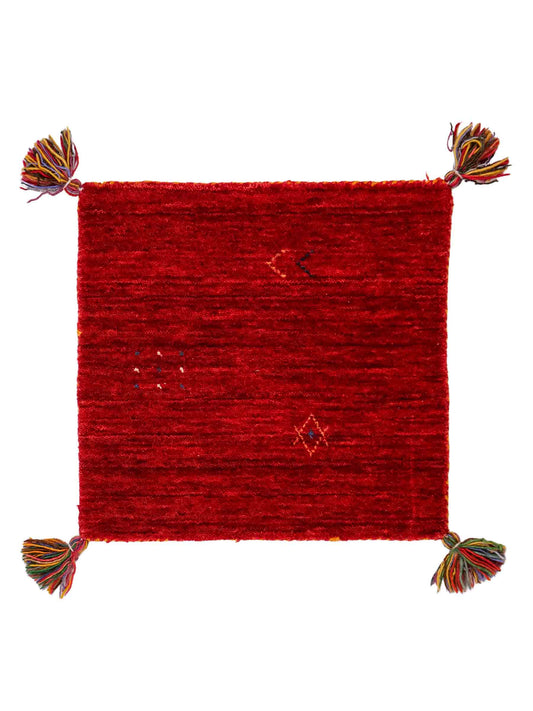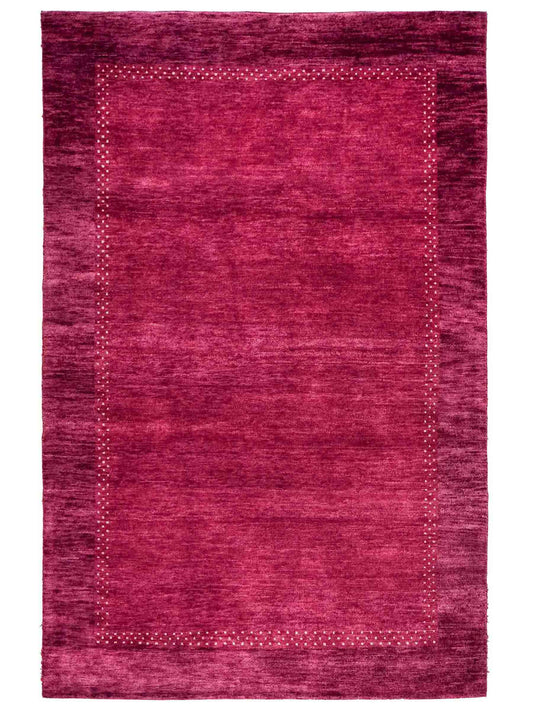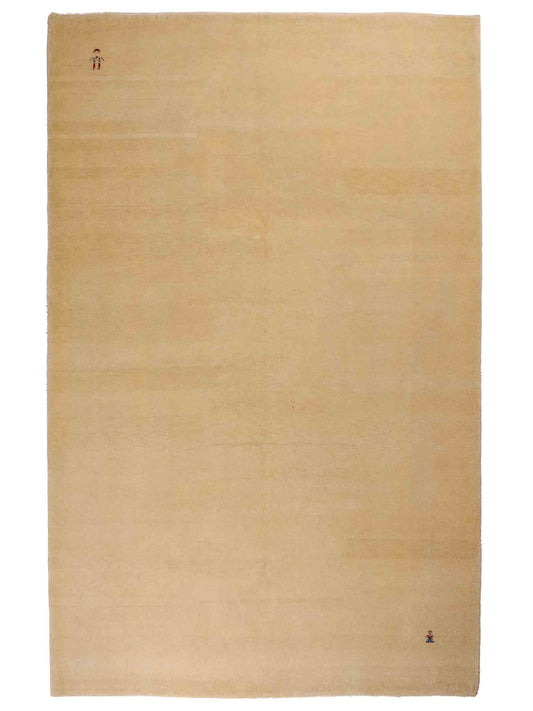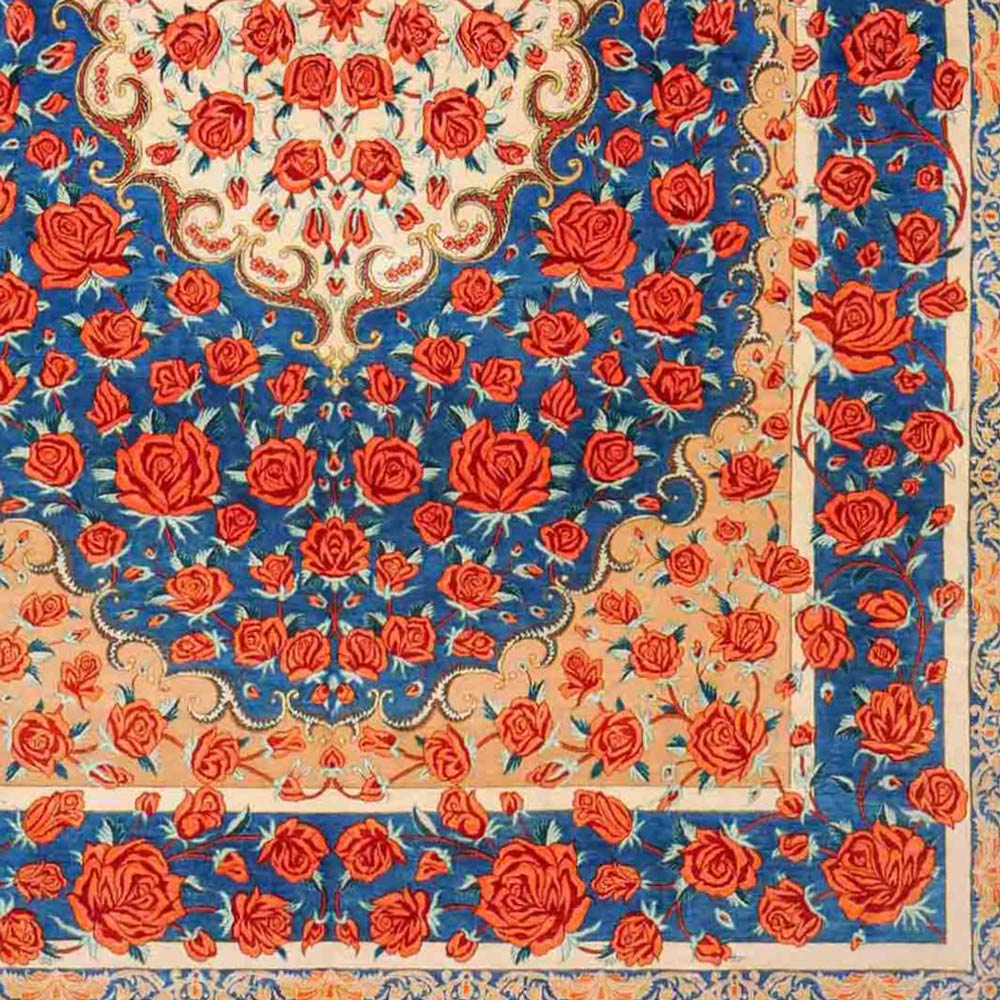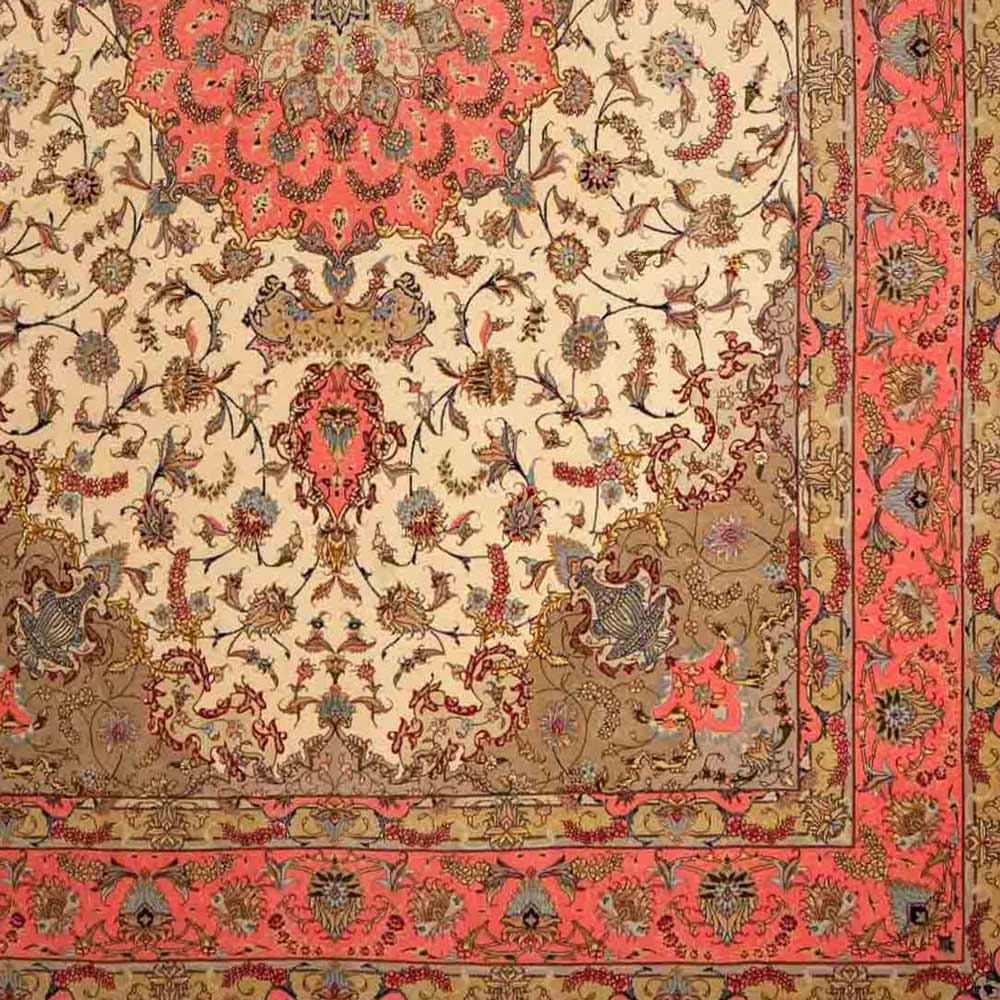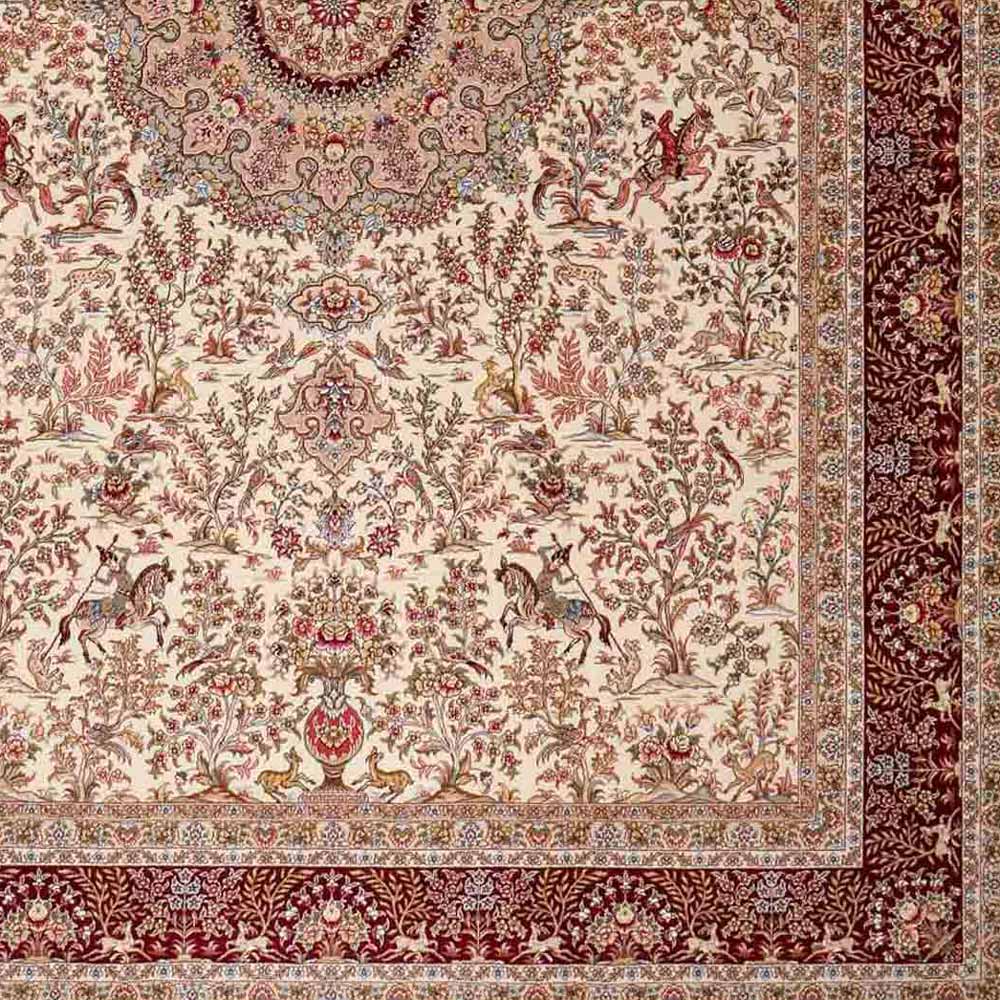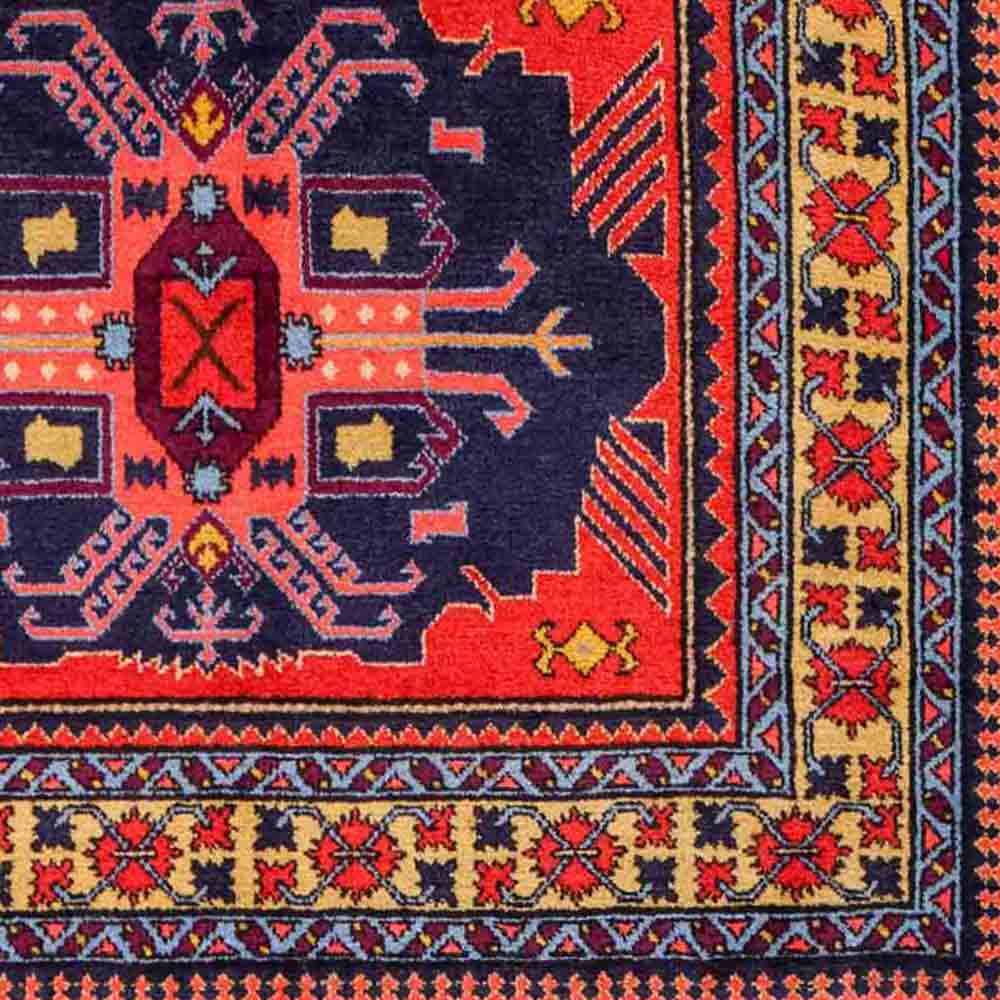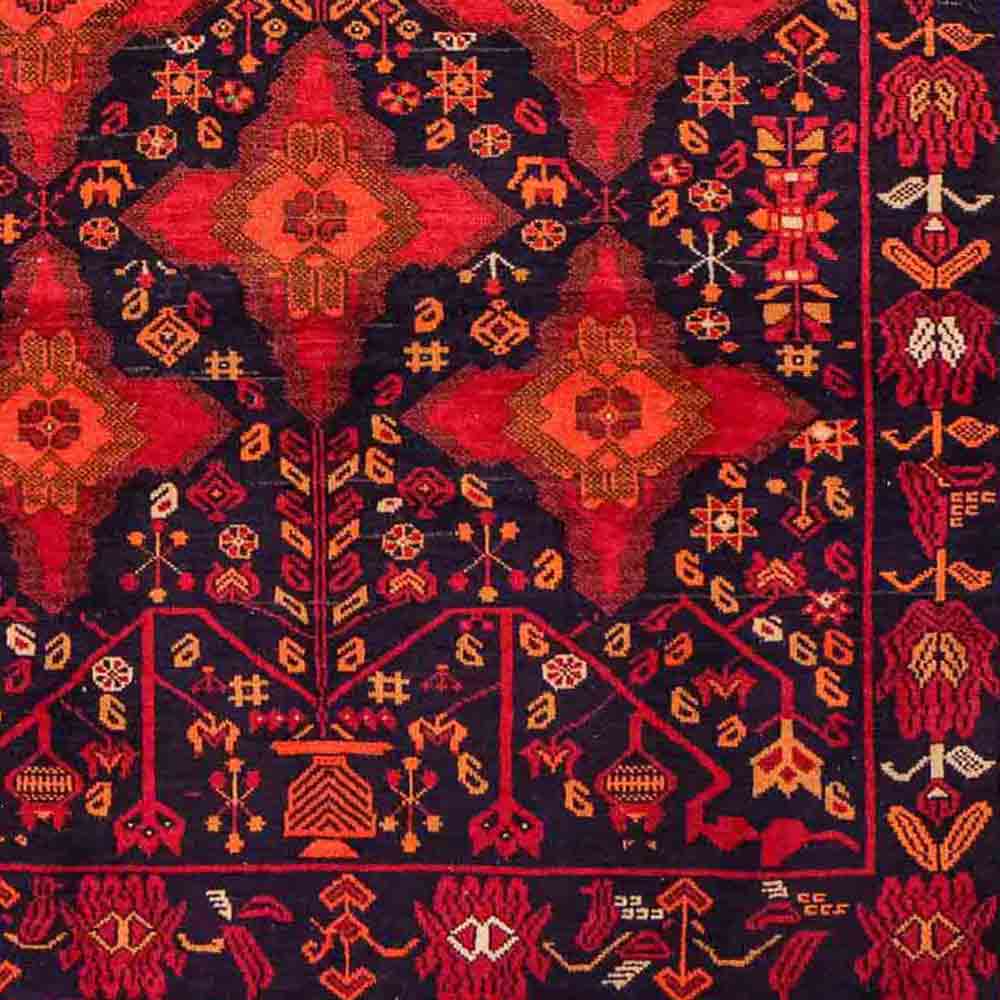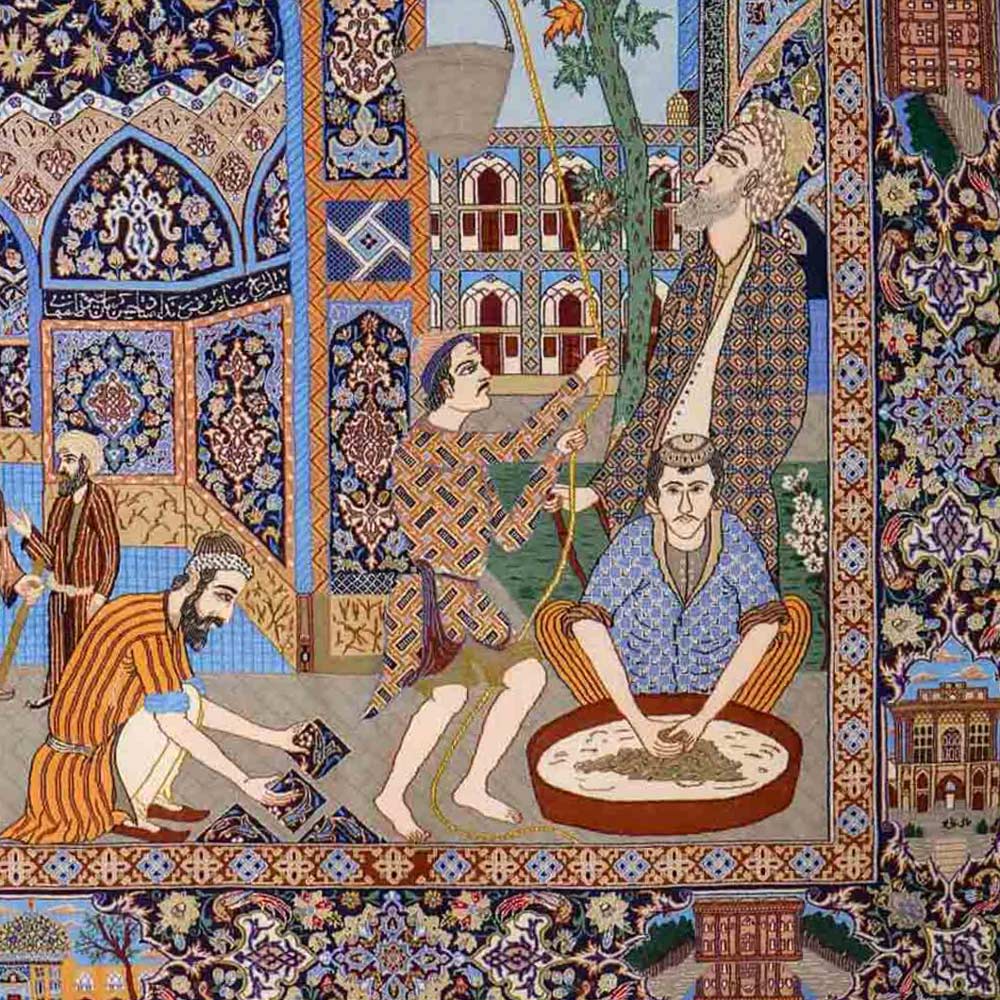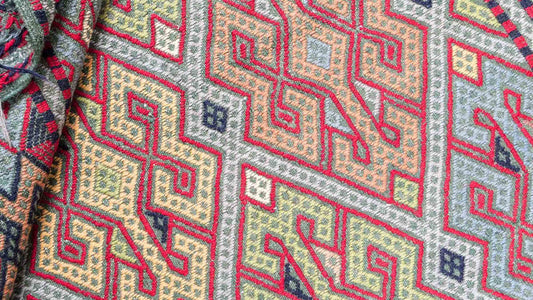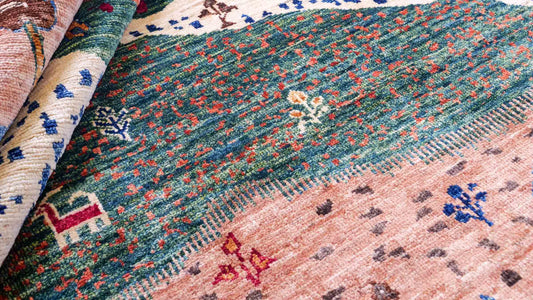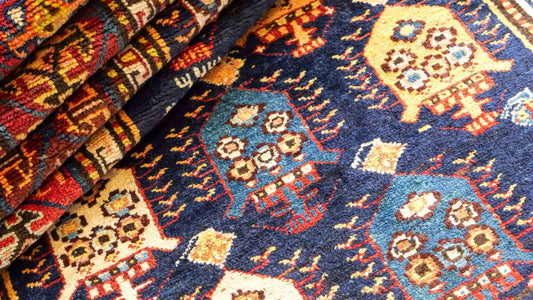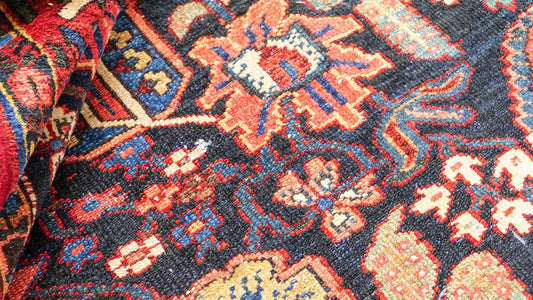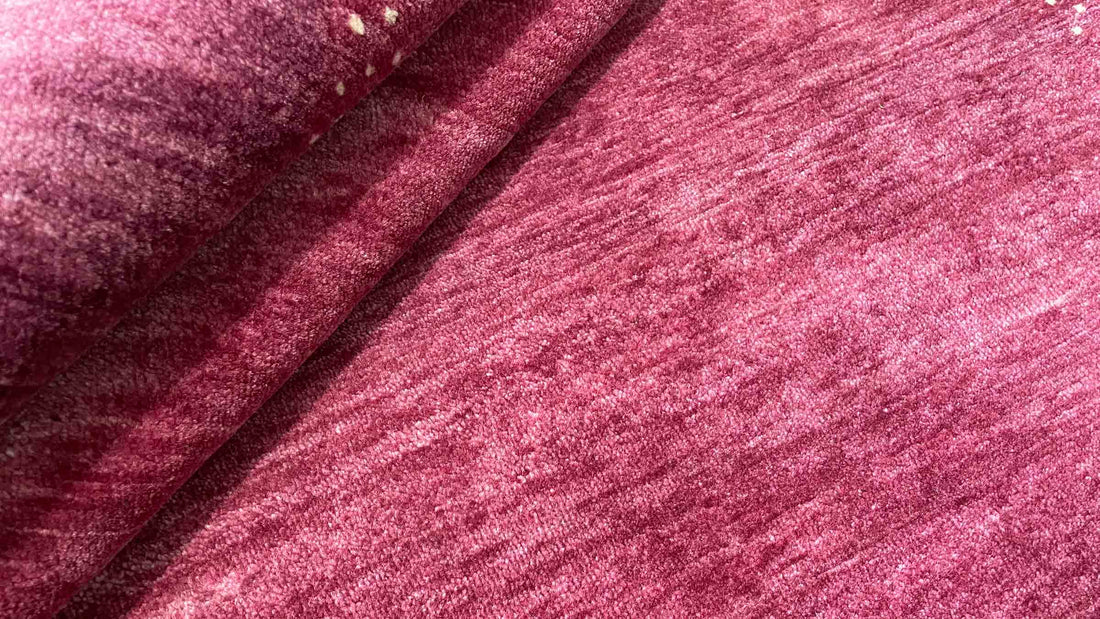
Gabbeh
Daniel KhademiGabbeh rugs are among the most captivating icons of Persian weaving artistry. Their understated elegance, vibrant colors, and impeccable craftsmanship combine centuries-old nomadic traditions with timeless design—bringing authentic Iranian culture into contemporary interiors.
Gabbeh Rugs at a Glance
- Origin: Southwest Iran, especially the Fars region, crafted by nomadic tribes such as the Qashqai and Luri
- Material: Pure sheep’s wool, often handspun and naturally dyed
- Design: Minimalist, geometric patterns with stylized animal and botanical motifs
- Distinctives: Densely knotted, thick, exceptionally durable, and highly value-retaining
- Craftsmanship: Entirely handmade, traditional techniques, and unique creative flair
- Cultural Significance: Expressions of nomadic identity and storytelling
- Investment: Coveted collectibles and a solid artisan asset with appreciation potential
Explore our curated collection of high-quality Gabbeh Rugs—find your one-of-a-kind masterpiece today!
Origins & History of Gabbeh Rugs
The roots of Gabbeh rug weaving stretch back centuries, deeply entwined with the nomadic culture of Iran. What began as practical necessities have evolved into iconic works of art.
Initially, Gabbehs served as essential floor coverings for nomadic life. Tribes like the Qashqai and Luri needed sturdy, long-lasting materials to withstand the rigors of moving across the Iranian landscape. Gabbehs provided insulation in tents, protection against cold and damp, and comfortable seating for shared meals and gatherings. Many pieces were crafted from the wool of the tribe’s own sheep, reflecting their connection to nature and self-sufficiency.
Over time, Gabbeh weavers developed their own artistic styles, with designs that went far beyond mere utility. Elements of daily life, nature, and mythology found their way into the patterns, giving each rug a narrative and symbolic dimension. Every Gabbeh became a canvas for the values, beliefs, and personal stories of its maker—a living reflection of nomadic heritage and tradition.
Gabbehs garnered international acclaim during the 1960s and 1970s, as interest in ethnic and handcrafted arts soared. They gained a reputation as authentic and modern works of art, valued for both their aesthetic and cultural significance.
This global appreciation was driven by an increase in art fairs and exhibitions, which showcased Gabbehs and their creators to new audiences. As traditional craft techniques met contemporary design trends, Gabbeh rugs became sought-after pieces in Western interiors, beloved by collectors and design aficionados alike.
Today, Gabbeh rugs are recognized not just as beautiful artworks, but also as valuable investments—prized for their craftsmanship, simplicity, and the rich stories they embody. They are regularly featured in prestigious design exhibitions around the world, celebrated for both the artistry and cultural depth they represent.
Influence of Nature & Landscape
- Lively hues—think radiant reds and golden yellows—reflect the sunlit pastures and deserts of southern Iran.
- Stylized animals (like sheep and goats) and plant motifs symbolize the natural world integral to nomadic life.
Gabbeh: Where Function Meets Artistry
Gabbeh rugs may have started as utilitarian essentials, but they have become highly prized cultural artifacts. Each weaver infuses their work with individual stories, symbols, and motifs—making every Gabbeh a truly unique piece of living history.
From Function to Iconic Design
- Durability and resilience are paramount—their thick pile is legendary.
- Today, Gabbehs are considered exclusive showpieces, collectible artworks, and statement accents for modern homes.
Societal & Economic Significance
For the weavers, often women from nomadic families, rugmaking is both a valuable livelihood and a profound form of cultural expression. The craft is passed down through generations, sustained by collective effort and family participation.
Socially, Gabbeh rugs symbolize the rich rituals and material culture of the nomads. They represent a bond with nature and tradition, serving as essentials in everyday life but also as important gifts at weddings, family events, and ceremonies—a true expression of hospitality.
Rising demand has boosted the economic value of Gabbehs, elevating the living standards of the artisans and fostering cultural preservation. The rugs provide precious income and create new opportunities for local communities.
Handmade Gabbeh Rugs: The Creation Process, Step by Step
From Sheep to Masterpiece
- Wool: High-quality sheep’s wool is sheared, thoroughly cleansed, and prepared for spinning—ensuring the exceptional softness and durability typical of Gabbeh rugs.
- Dyeing: Wool is colored using natural dyes derived from plants, roots, flowers, and leaves, producing deep, harmonious shades that mirror the beauty of the Iranian landscape. Each color carries its own meaning and symbolism.
- Loom Setup: The warp threads, usually cotton, are stretched tightly across the loom. Gabbehs are traditionally hand-knotted using the Turkish knot, resulting in a plush, robust pile.
- Design Phase: Weavers are free to unleash their creativity, often incorporating personal and cultural elements—so no two Gabbehs are ever alike.
- Finishing: Once off the loom, each rug is washed to remove excess dye and impurities—sometimes trimmed for an even finish and added sheen, ensuring both visual and practical appeal.
Gabbeh Buyer’s Checklist
- Hand-knotted one-of-a-kinds? Check! ✔
- Rug made from pure sheep’s wool? Check! ✔
- Natural dyes used? Check! ✔
- Hand-picked selection? Check! ✔
- Authentic designs? Check! ✔
Patterns, Motifs & Colors of Gabbeh Rugs
The hallmark of Gabbeh rugs lies in their minimalist, often geometric patterns and abstract animal or plant motifs. Personal and narrative elements echo the rhythms and realities of the nomadic lifestyle. Color palettes range from bold reds, blues, yellows, and greens to subtle earth tones—always crafted using traditional natural dyes.
The Meaning Behind the Motifs
- Striking Simplicity: Gabbehs are defined by their elegant, pared-back aesthetic—unlike intricate Persian carpets, their minimalist designs highlight the stunning quality of the wool and colors.
- Geometric Shapes: Symmetrical forms—triangles, diamonds, rectangles—provide clarity and structural beauty.
- Stylized Animals: Simplified, abstract representations of sheep, goats, or camels celebrate the nomads’ deep relationship with their environment and herds.
- Floral Patterns: Floral and plant-like motifs, often abstract, bring an organic touch, inspired by the weavers’ daily surroundings.
- Narrative Scenes: Many Gabbehs depict daily life, rituals, or festive moments—making each rug not just a floor covering, but a cultural artifact alive with traditional stories.
- Color & Contrast: Gabbehs feature vivid, intense colors that add drama and energy to interiors. Modern variations in softer neutrals—beige, brown, ochre, cream, gray, black—have also become interior design favorites.
Value, Investment & Care: The Gabbeh Advantage
Gabbeh rugs are widely recognized as valuable investments, especially those with verifiable provenance, unique designs, and proper care.
What Makes Gabbehs Maintain or Increase Value?
- Premium natural materials, always handmade
- Intricate dyeing and knotting techniques
- Authentic regional heritage (notably Fars/Qashqai/Luri)
- Rising demand for sustainable, artisan-made goods
How to Care for Your Gabbeh Rug
- Vacuum regularly; avoid prolonged direct sunlight
- For spills, use only mild wool detergent and lukewarm water
- Have professionally cleaned once a year for best results
► For more detailed advice, visit our blog post: *How to Care for Hand-knotted Rugs*.
Appreciation Potential
While Gabbehs are typically more affordable than luxury rugs like Isfahan or Ghom, they are nonetheless a wise investment—especially those crafted from high-quality materials and distinctive designs. Value depends on demand, condition, and current art market trends. For collectors and Persian art enthusiasts, Gabbehs are not simply decorative—they are culturally significant heirlooms with real appreciation potential.
► For investment guidance and expert appraisals, visit our blog post: *Are Hand-Knotted Rugs a Good Investment?*
Request personal advice on choosing your Gabbeh rug today!
FAQ – Gabbeh Rugs
What makes a genuine Gabbeh rug?
► A true Gabbeh is hand-knotted from pure sheep’s wool, features simple, minimalist patterns or stylized motifs, and has authentic regional and natural dye provenance.
Are Gabbeh rugs suitable for modern or minimalist interiors?
► Absolutely. Their understated elegance and organic colors make them a perfect fit for modern, minimalist, or Scandinavian design schemes.
What’s the best way to care for a Gabbeh rug?
► Regular gentle vacuuming is usually enough. For soiling, hand-wash with mild wool detergent. Avoid prolonged exposure to direct sunlight to prevent fading.
Do Gabbeh rugs appreciate in value?
► Originals with proven provenance and unique designs are always in demand and tend to hold their value. —read more in our guide: *Are Hand-Knotted Rugs a Good Investment?*
Where can I buy authentic Gabbeh rugs?
► Our online shop offers a diverse selection of handpicked Gabbeh Rugs and one-of-a-kind designs—all accompanied by a Certificate of Authenticity.
Summary
Gabbeh rugs are far more than decorative home accessories. Their timeless design and vivid colors make them treasured works of art—cherished both in everyday living spaces and on the international art market. Adding a Gabbeh to your home is a unique way to celebrate authentic Iranian heritage.
Browse our exclusive Gabbeh Rug collection and choose your personal piece of art today!
Related blogs & blog posts you might also be interested in:
→ Design Classics, Countries of Origin, Carpet Materials, Carpet Guide

